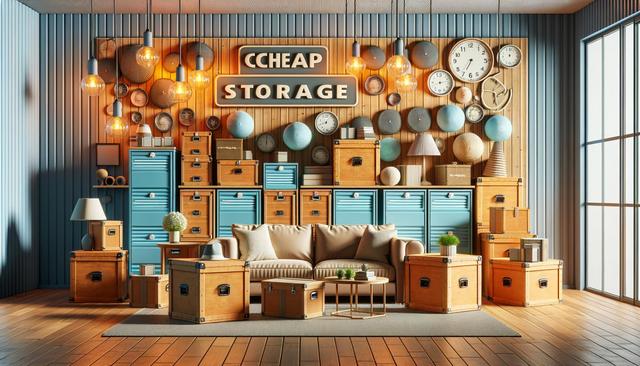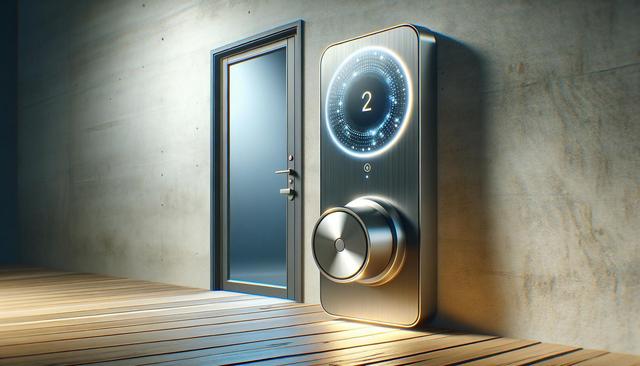Why Consider Turf as a Lawn Alternative?
Turf, particularly synthetic grass, has become a popular alternative to natural lawns for homeowners and property managers looking to reduce maintenance and water usage. One of the primary reasons people explore turf installation is the long-term savings it offers. While the upfront cost may seem significant, the reduction in water bills, lawn care equipment, and time spent on upkeep can balance out the investment over time. For those on a tight budget, understanding the range of affordable turf installation options can help make this transition more accessible.
In addition to cost savings, turf offers a consistent appearance year-round. It doesn’t suffer from patchiness, seasonal browning, or pest issues that often affect natural grass. This makes it a practical solution for areas with water restrictions or challenging growing conditions. Furthermore, technological improvements have led to turf products that look and feel more natural than ever before, enhancing both aesthetics and comfort.
Types of Budget-Friendly Turf Materials
Not all turf is created equal, and fortunately, there are several material options that cater to budget-conscious consumers. The type of turf you choose will largely influence the total cost of installation, so it’s worth comparing the available styles and materials before making a decision. Some of the more affordable turf materials include:
- Polypropylene turf: A lightweight and cost-effective option, suitable for light foot traffic areas.
- Polyethylene turf: A mid-range product that balances softness and affordability.
- Turf remnants or offcuts: These are leftover sections from larger installations, often sold at a discount.
When selecting your turf material, consider where it will be installed. High-traffic areas may require more durable options, while decorative spaces could benefit from more cost-effective varieties. Consulting local suppliers and asking about clearance or sale items can also be an effective way to find deals on quality turf.
Installation Methods That Help You Save
The method you choose for turf installation can significantly affect your overall expenditure. Full-service professional installation is convenient but often comes with a premium price tag. For those looking to keep costs down, alternative methods include:
- DIY installation: If you’re comfortable with basic landscaping tools, installing turf yourself can save hundreds, if not thousands, of dollars.
- Partial professional help: Hiring professionals for the more technical aspects, such as ground preparation, while doing the rest yourself can reduce labor costs.
- Community or group installations: Some neighborhoods or homeowner groups coordinate bulk installations, allowing for discounted rates from contractors.
Before deciding on an installation method, it’s important to evaluate your own skill level, available time, and the complexity of your landscape. Simple, flat yards are easier to manage independently, while sloped or irregularly shaped areas may require expert attention to ensure proper drainage and fitting.
Finding Reliable and Affordable Installers
Hiring a professional installer doesn’t have to be prohibitively expensive. Many landscaping companies offer tiered pricing structures or limited-service packages to suit varying budgets. To find affordable providers:
- Request multiple quotes to compare prices and services.
- Look for companies that offer free consultations or site assessments.
- Ask about seasonal discounts or promotional offers.
Reading reviews and asking for references can also help ensure that the installer you choose delivers both quality and value. Some companies may even offer warranties or maintenance packages, which can add further value to your investment. Be sure to clarify what’s included in the quote—materials, labor, cleanup, and aftercare—to avoid unexpected costs.
Long-Term Savings and Maintenance Tips
One of the most compelling reasons to invest in turf is the long-term cost benefits. Once installed, synthetic turf requires minimal upkeep compared to natural grass. Here are a few maintenance tips to extend the life of your turf and maximize your investment:
- Rinse regularly to remove dust and debris.
- Use a stiff brush to keep the blades upright, especially in high-traffic areas.
- Address stains or pet waste promptly with mild soap and water.
Additionally, installing proper infill materials can improve durability and help the turf retain its shape. Periodic maintenance checks, such as inspecting the edges and seams, ensure that small issues don’t turn into costly repairs. Over time, the reduced need for fertilizers, pesticides, mowing, and irrigation contributes to both environmental and financial sustainability.
Conclusion: Making Smart Turf Choices on a Budget
Affordable turf installation is a realistic goal for homeowners who want to enhance their outdoor spaces without overspending. By understanding the types of turf available, exploring cost-saving installation methods, and practicing simple maintenance habits, you can enjoy the benefits of a beautiful lawn substitute for years to come. Whether you choose to install it yourself or work with a knowledgeable installer, there are practical solutions to match nearly any budget. With careful planning and research, turf can become a cost-effective and visually appealing element of your landscape.


